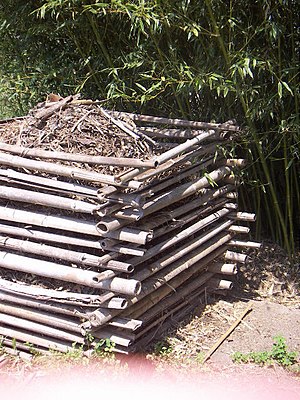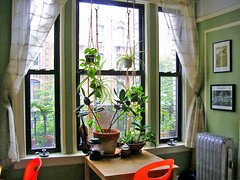1. Firstly, birds will be attracted by the geographic location of your garden, depending on where you live. To find out which birds are in your area in the winter, you may want to consult specialty magazines or websites. Libraries and book stores have books based on migration, on the roads that some bird species take to get to their winter residences.
| Bluetit One of the many species of wild birds which we attract to our garden bird feeders. (Photo credit: Wikipedia) |
3. And maybe most importantly, you also need to arrange a place where they can find some food, bird seeds, bread or anything else they might like. Corn, and seeds of any type can attract many birds towards your garden. One type of seed that almost all birds prefer are sun-flower seeds, which are extremely easy to find, and very inexpensive (be sure to get unsalted and unshelled ones). Before buying seeds, you can check and see which birds are in your area and make a list of their food preferences to make sure you're getting something that will attract the birds you want. Many birds also feed on the brightly colored berries of different ornamental trees and shrubs, so if you have these in your garden it won't attract birds during the green summer months, but in the winter they will come and eat the ripe fruits.
4. These are the first three steps to attracting birds to your garden. The last part is keeping things away from the garden that might scare or disturb birds. Animals such as dogs and cats can scare the birds away. Try and ask the neighbors to keep the dogs chained or in the house during the day if possible.
Also, you must know that some birds do not get along, so that a certain species might avoid your garden because there is another species in it. If you live in a noisy area or have small children that run through the yard often, or if the area does not resemble the birds natural habitat, these can also be factors to keeping birds away. So knowing their nature and customs can be a decisive factor in bringing birds into your backyard garden this winter.
Elements for Attracting Birds To Your Garden:








